Many see a painting and ask, "What does that mean?" I follow the words of Picasso who said, "When I have made the last mark, the painting no longer belongs to me, it belongs to the viewer."
Many artists have a concept in mind or start with a question they answer through paint and other means. They then send a message in their art for viewers to interpret in whatever way they relate through their own experiences. I hold resolutely to this motto. While it is only the viewer's interpretation that matters, I will deviate from my policy and reveal the question and answer I had in mind for 'Lifecycle I' - Oil 40" x 30". First in a Lifecycle series of 5 paintings.
I asked myself, "What is the most fundamental point about existence and how can I represent an entire lifecycle through existence in the simplest of graphics?" I elected to say, "We enter, we travel a road, we leave." Having said that, every interpretation that any viewer might apply to this piece is the correct one, regardless of my intent or the interpretation of someone else.
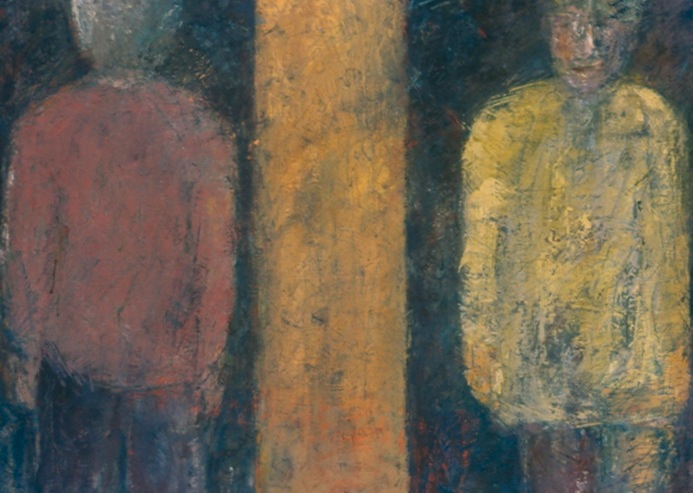
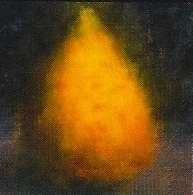
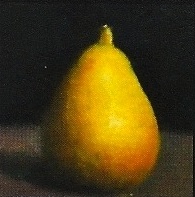
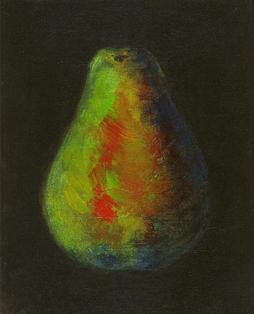
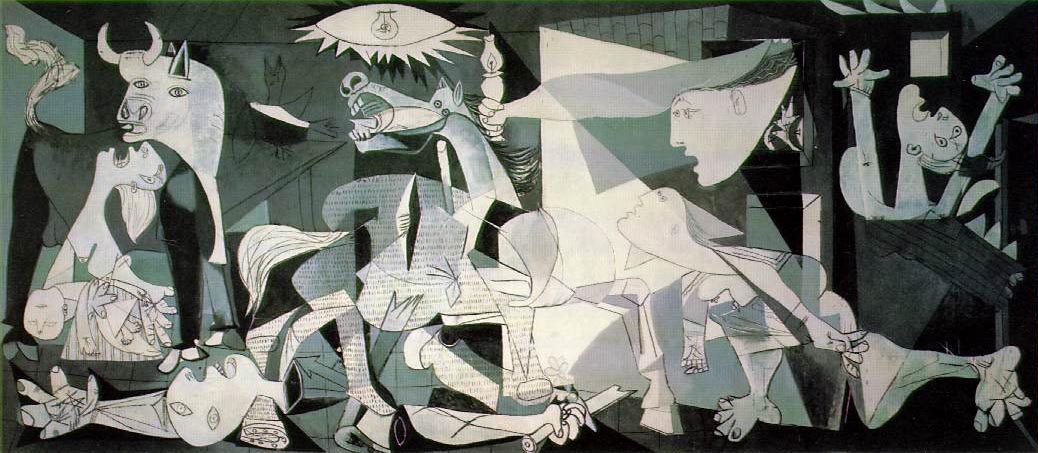
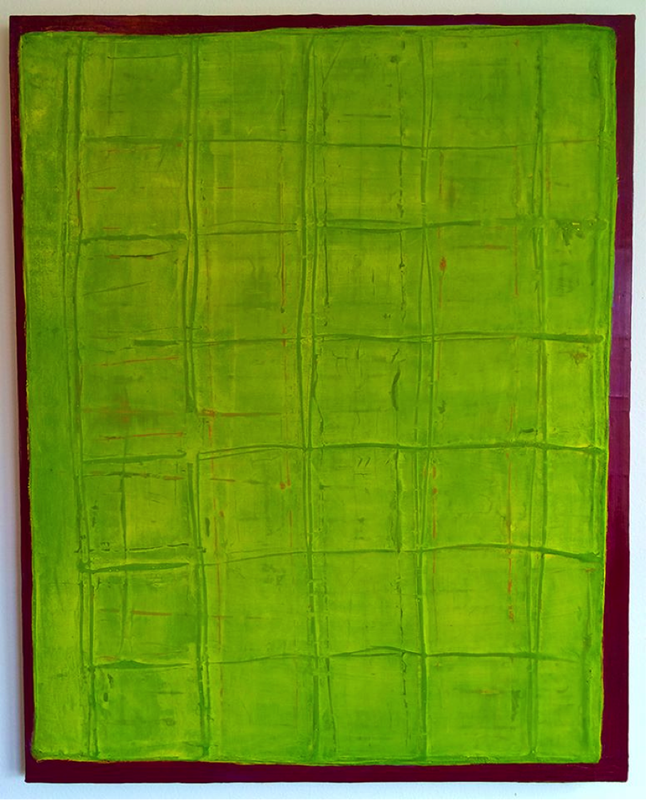
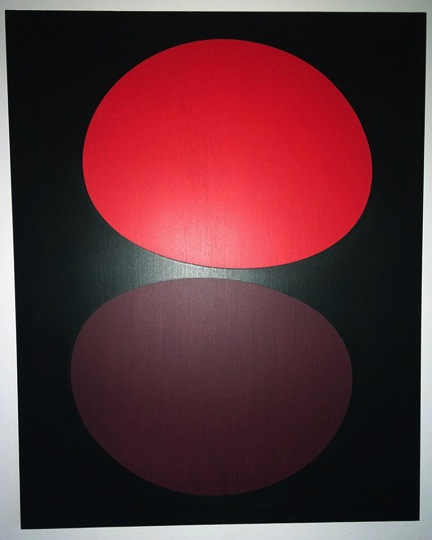
 RSS Feed
RSS Feed